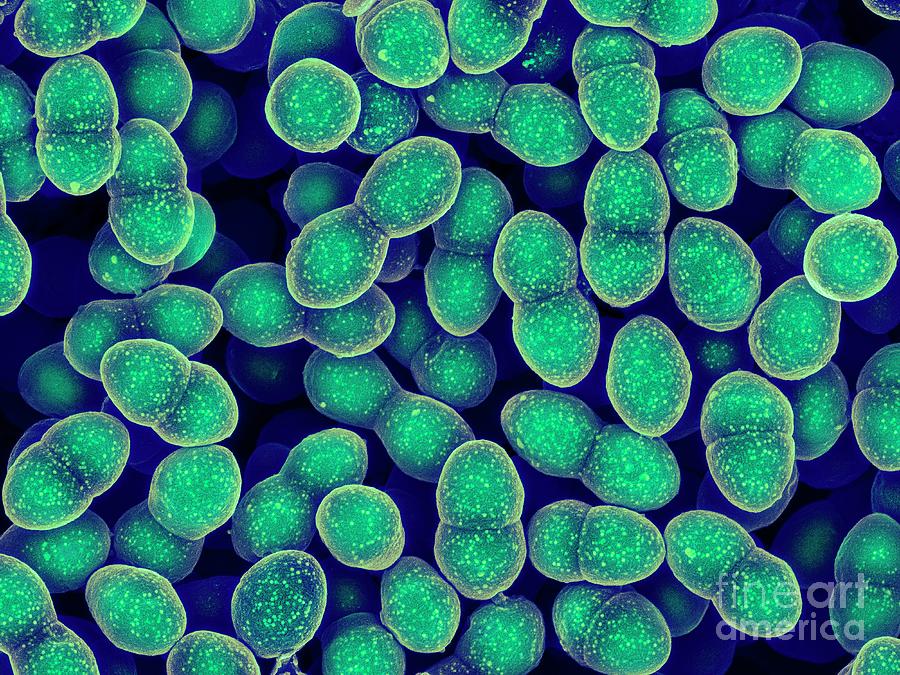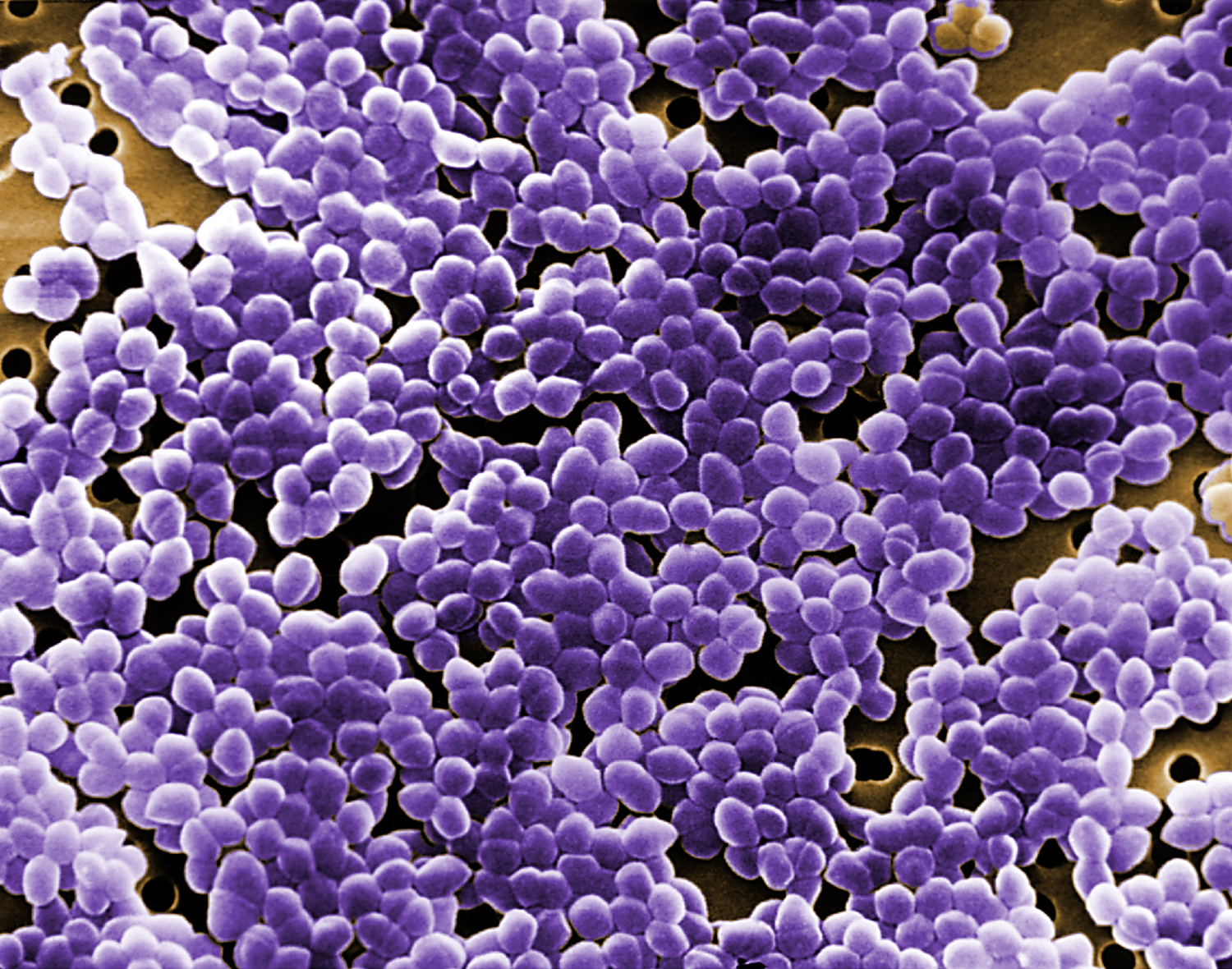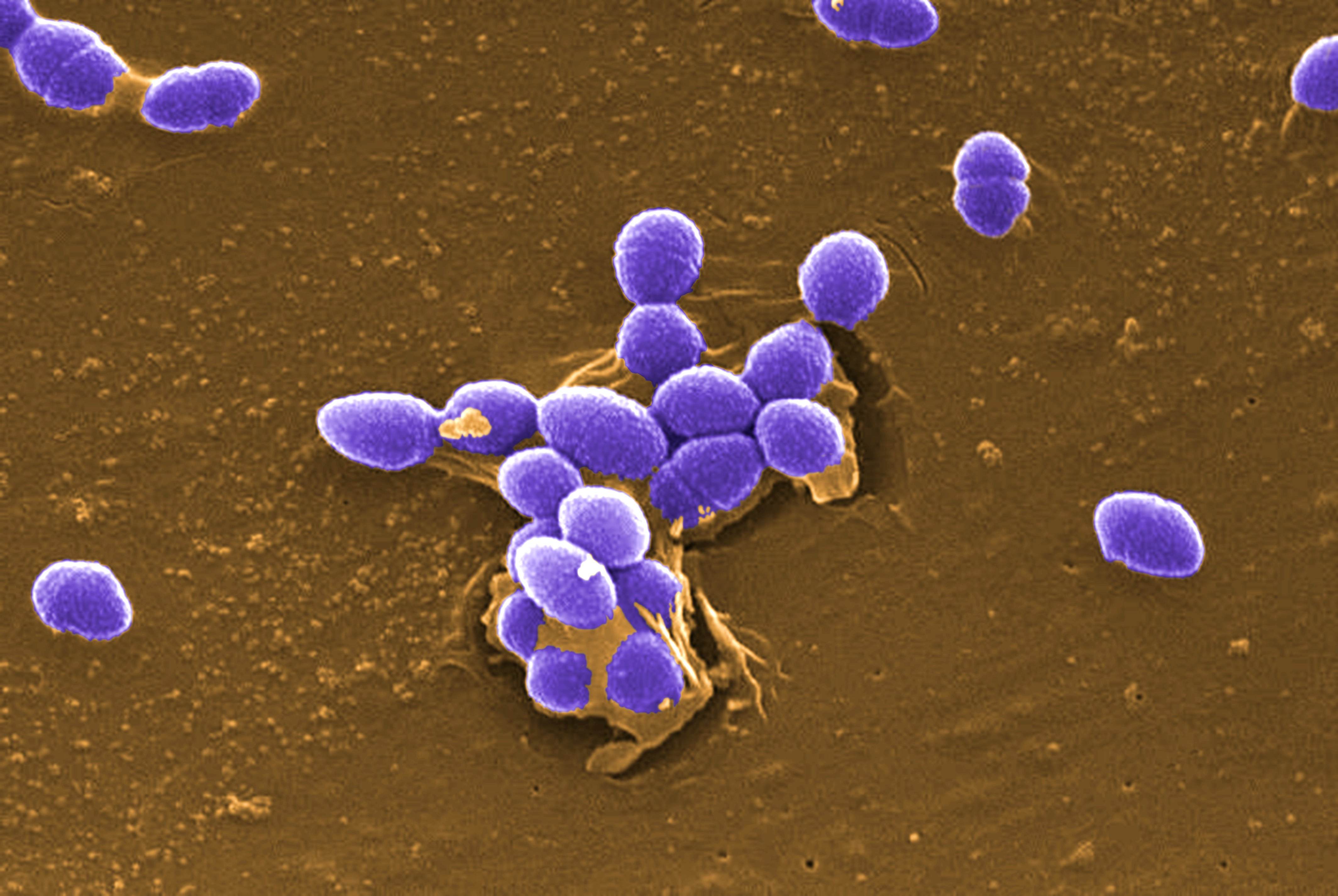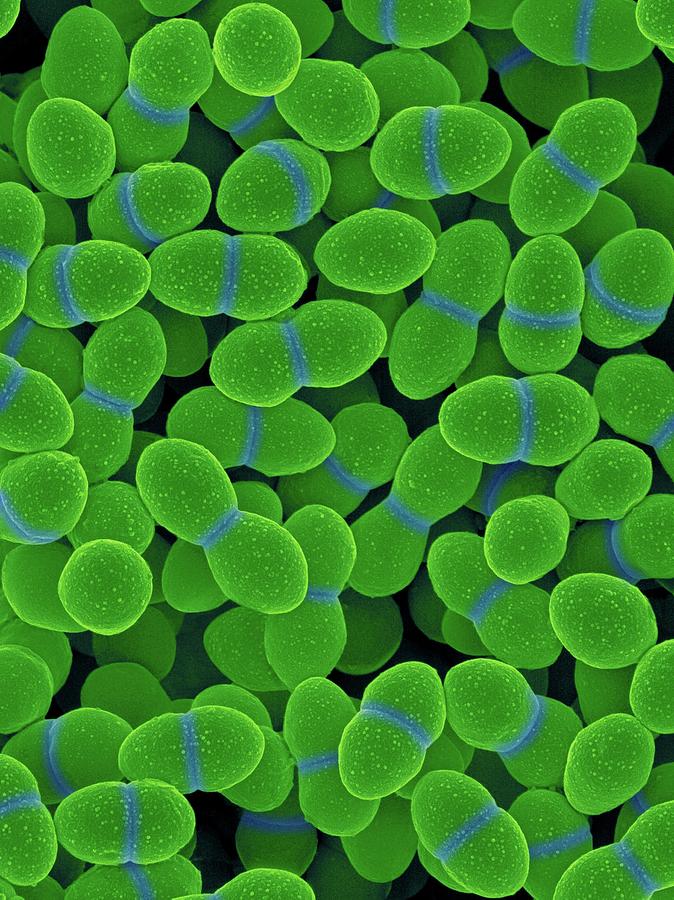
Enterococcus Faecalis Bacteria Photograph by Dennis Kunkel Microscopy/science Photo Library Pixels
Treatment of Enterococcus Enterococcus spp. can be a contaminant or colonizer, particularly in patients with urinary catheters or multiple organisms growing in urine culture. Patients should be treated only if symptomatic unless they meet criteria for treatment of asymptomatic bacteriuria. See asymptomatic bacteriuria section above. E. faecalis

Enterococcus faecalis Introduction, Keynotes, and Related Foot
Enterococcus faecalis: come si prende e quali sono le cause. Le cause di una infezione da Enterococchi, di cui fa parte l'Enteorcoccus faecalis, in genere dipendono dalla trasmissione del.

1928 Enterococcus faecium
L' Enterococcus faecalis diffonde nel cuore dove può causare endocarditi, nel cervello dove provoca meningiti enterococciche, e può infettare anche le urine e causare cistiti ed infezioni urinarie. Questo ultimo caso può essere dovuto anche ad un passaggio del batterio dall'ano alle vicine mucose genitali che possono poi determinare la.

Enterococcus faecalis bacteria, illustration Stock Image F018/7466 Science Photo Library
Study outcomes. The primary outcomes of this review are the prevalence, incidence and incidence density of hospital-acquired Enterococcus spp. / E. faecium and VRE / vancomycin-resistant E. faecium (VREF) infections among hospitalised patients and at the population level. Incidence density is defined as new cases per 1,000 patient hospitalisation days.

Enterococcus faecium Übertragung Symptome Therapie
Enterococcus faecalis and Enterococcus faecium are the two most common species involved in infections. They are becoming increasingly important agents of human disease, especially in hospitalized patients. Enterococcus faecalis is an important cause of hospital-acquired urinary tract infections and endocarditis. Biochemical tests.

Enterococcus faecalis bacteria, SEM Stock Image C048/1469 Science Photo Library
Infections. Enterococci emerged as a leading hospital-associated pathogen in the late 1970s and 1980s ().In the US, Enterococci cause roughly 66,000 infections each year ().Enterococci are often cultured from mixed species infections of the pelvis, abdomen and other soft tissues ().Although the role that Enterococci play in these infections is not often clear, they are frequently treated with.

Enterococcus faecalis bacteria, SEM Stock Image C049/1605 Science Photo Library
L'Enterococcus faecalis e l'E. faecium causano una varietà di infezioni, incluse endocarditi, infezioni delle vie urinarie, prostatiti, infezioni intra-addominali, celluliti e infezioni di ferite, ma anche batteriemie concomitanti. Gli enterococci fanno parte della normale flora intestinale. Erano classificati come streptococchi di gruppo D.

Foto gratis grandi, numeri, grammo, positivo, Enterococcus faecalis, batteri,
The clinical importance of the genus Enterococcus is directly related to its antibiotic resistance, which contributes to the risk of colonization and infection. The species of the greatest clinical importance are Enterococcus faecalis and Enterococcus faecium. Although the resistance characteristics of these two species differ in important ways, they can generally be categorized as intrinsic.

Enterococcus Faecalis 9 Photograph by Dennis Kunkel Microscopy/science Photo Library Pixels Merch
Enterococcus faecalis - formerly classified as part of the group D Streptococcus system - is a Gram-positive, commensal bacterium inhabiting the gastrointestinal tracts of humans. Like other species in the genus Enterococcus, E. faecalis is found in healthy humans and can be used as a probiotic. The probiotic strains such as Symbioflor1 and EF-2001 are characterized by the lack of specific.

Enterococcus Spp
E. faecalis often spreads in hospitals. This is mainly because hospitalized patients often have weakened immune systems. For the most part, the bacteria are transmitted by people who work at the.

Enterococcus faecalis on Columbia Horse Blood Agar Flickr
Dall'esame sono risultata positiva all'escherichia coli e all'enterococcus faecalis con una carica batterica pari a 100.000 ufc/ml. Dall'antibiogramma è risultato che l'unico antibiotico efficace.

Enterococcus Faecalis 12 0001 Photograph by Eye of Science Fine Art America
Enterococcus faecalis, impossibile guarire? Salve, ho scoperto d'esser affetto all'Enterococcus faecalis dopo essermi sottoposto a un tampone uretrale per via di una serie di sintomi sul pene che.

Enterococcus (E. Faecalis & E. Faecium) YouTube
Enterococcal species can cause a variety of infections, including urinary tract infections, bacteremia, endocarditis, and meningitis. The antimicrobial agents available for treatment of enterococcal infection are reviewed here, followed by treatment approaches for clinical syndromes caused by enterococci. Other issues related to enterococci are.

Enterococcus Faecalis Photograph by Dennis Kunkel Microscopy/science Photo Library Pixels Merch
Enterococcus faecalis (E. faecalis) is a species of enterococci bacteria that normally lives in your gastrointestinal (GI) tract and can also be found in the oral cavity and vaginal tract. Although E. faecalis usually isn't harmful to the human body, it can become an opportunistic pathogen—causing disease when a person's immune defenses are low.

Enterococcus faecalis bacteria, illustration Stock Image F018/7468 Science Photo Library
Onnipresente nell'ambiente, l' Enterococcus faecalis è un batterio che si dispone in catenelle corte o in coppie. Dotato di una spiccata virulenza si stima che questa specie sia coinvolta nell'80% delle infezioni enterococciche. Il batterio è immobile ed anaerobio facoltativo, in grado di fermentare il glucosio senza produrre gas.

Enterococcus faecalis ecco come un microbo innocuo diventa patogeno
Enterococcus faecalis (E. faecalis) is an infection that happens when Enterococci bacteria — which live in the the gut and bowel — become too numerous or spread to other parts of the body.
- The Blacklist 10 Dove Vederlo
- Armi Per Difesa Personale Legali
- Arbusti Con Fiori Bianchi Profumati
- Blue Lock Chapter 239 Spoiler
- I Migliori Cantanti Di Sempre
- Arrampicare In Val Di Mello
- Voli Per Skiathos Da Napoli
- La Vita E Bella Musica
- Srl è Una Società Di Capitali
- Pittore Rinascimentale Amico Del Masaccio